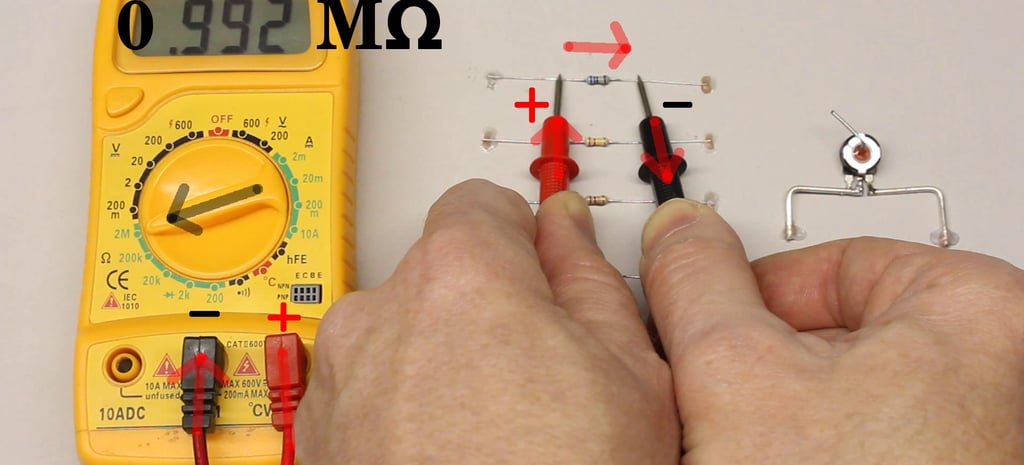A Comprehensive Guide to Checking Resistance in Truck Wires
8/10/20252 min read


Understanding Electrical Resistance in Trucks
Electrical resistance is a critical factor in the functionality of various electrical components in a truck, including the ABS, lights, and other essential systems. The measurement of resistance helps in diagnosing potential issues within the electrical system. By ensuring the correct resistance levels within different wire segments, truck operators can maintain the efficiency and safety of their vehicles.
How to Measure Resistance in Truck Wires
To check the resistance in different wires of a truck, a multimeter is an essential tool. Follow these steps for accurate readings:
Preparation: Ensure the truck is turned off and disconnected from the power source to avoid any shocks or damage to the equipment.
Setting the Multimeter: Set your multimeter to the resistance measurement mode (ohms). If your multimeter has different ranges, select a range that you believe will encompass the expected resistance value.
Connecting Probes: Attach the multimeter probes to both ends of the wire you wish to test. Ensure there is good contact with the metal to obtain an accurate reading.
Reading the Multimeter: Observe the value displayed on the multimeter. This value reflects the resistance in ohms (Ω).
If the resistance reading is significantly higher than expected, it may indicate that there is a break or corrosion in the wire. Conversely, if the resistance is lower than appropriate, it may suggest a short circuit.
What is the Perfect Resistance for Truck Electrical Wires?
The ideal resistance levels can vary among different systems within a truck. Below are some common wires and their recommended resistance levels:
Truck ABS Wires: Ideal resistance for ABS wires is typically between 800 to 1,200 ohms. This range ensures proper sensor operation and vehicle stability.
Lighting Wires: Resistance in lighting circuits should generally fall between 0.5 to 2 ohms. If resistance exceeds this range, it could lead to dim lights or irregular functionality.
Power Distribution Wires: For main power distribution wires, a resistance level under 0.5 ohms is advisable to maximize efficiency and reduce voltage drop.
It is essential to reference the vehicle’s service manual for specific resistance values, as they may vary by make and model. Regular checks of resistance values may prevent costly repairs and ensure that all electrical components are functioning optimally.
In conclusion, measuring and understanding the resistance levels in a truck's electrical wiring can contribute significantly to vehicle functionality and safety. By utilizing a multimeter correctly and adhering to the recommended resistance values, truck owners can effectively diagnose and maintain their vehicles' electrical systems.
Support
Ask questions and share truck repair tips.
Connect
© 2025. All rights reserved.
